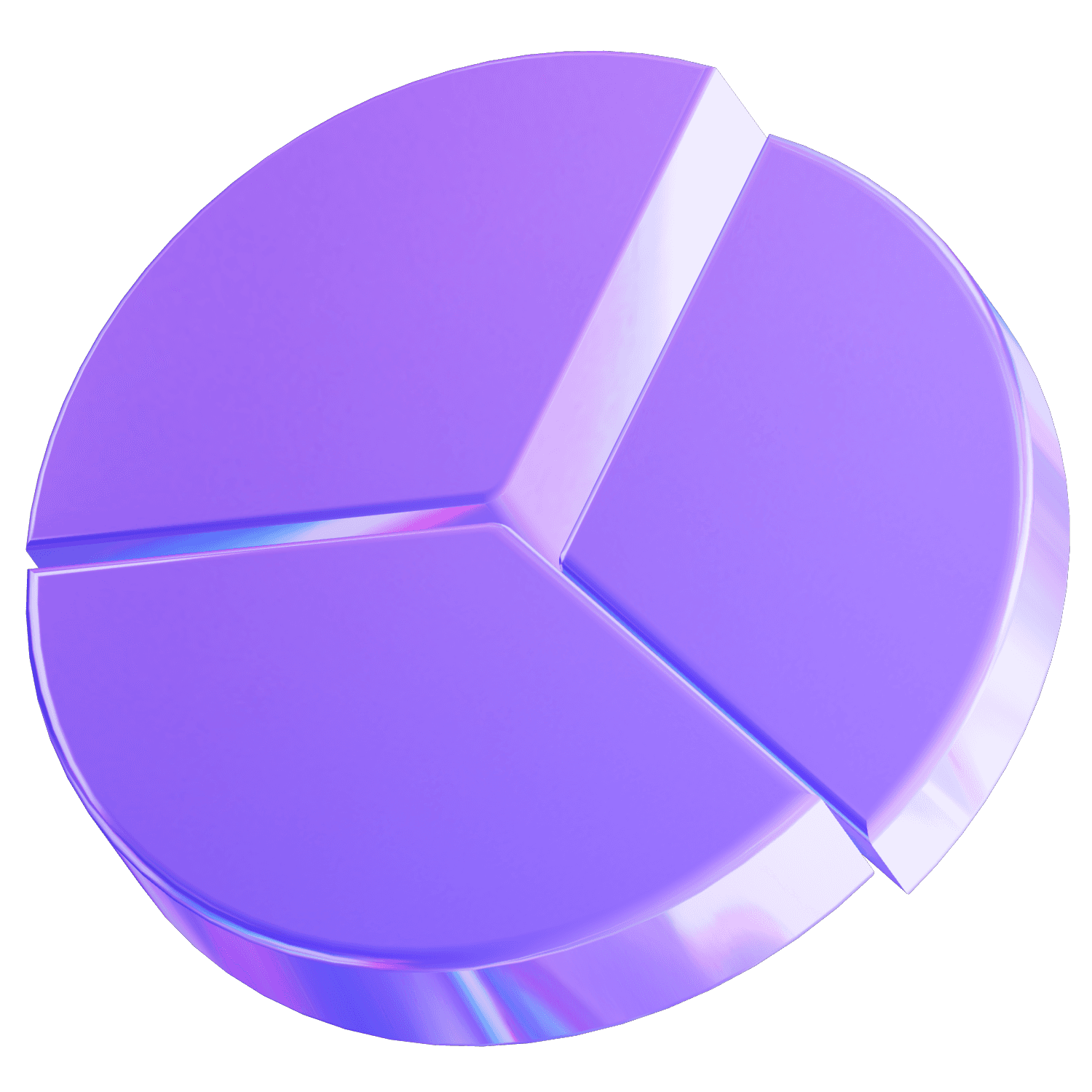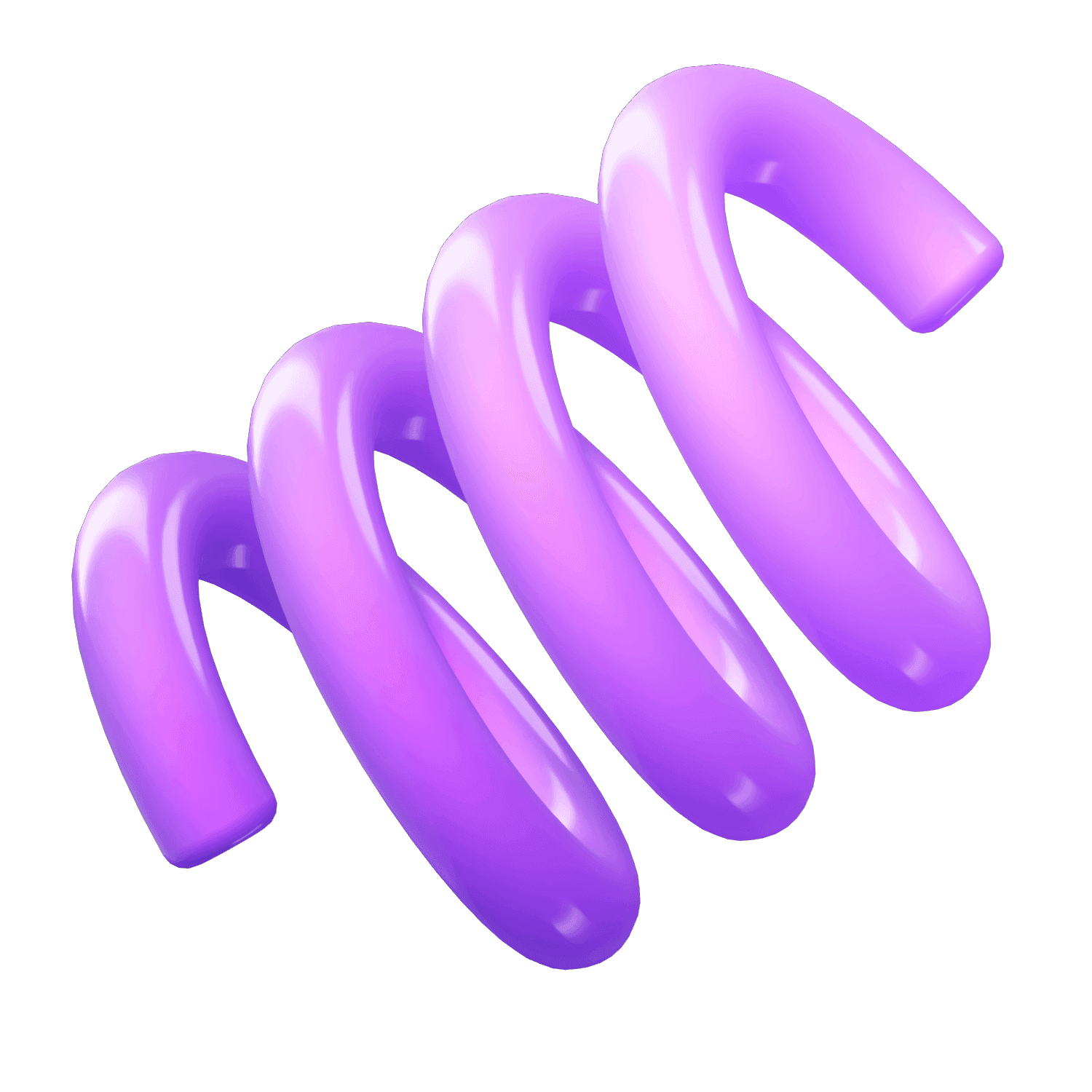Case Study
Case Study
Post-Pay E-commerce App
Post-Pay E-commerce App
UX/UI Design
UX/UI Design

Project Overview
Project Overview
Post Pay is an Ecommerce solution that revolutionizes online shopping by providing a user-focused platform for electronics, food, and clothing purchases. With a variety of adjustable payment methods, such as "Pay Later," users can experience a straightforward and easy shopping process. By working with various supplier networks and brands, Post Pay eradicates the necessity of downloading numerous applications, making shopping available, time-saving, and gratifying for clients. My responsibility was conducting UX research, designing, and prototyping, I cooperated with UX designers to launch this application.
Post Pay is an Ecommerce solution that revolutionizes online shopping by providing a user-focused platform for electronics, food, and clothing purchases. With a variety of adjustable payment methods, such as "Pay Later," users can experience a straightforward and easy shopping process. By working with various supplier networks and brands, Post Pay eradicates the necessity of downloading numerous applications, making shopping available, time-saving, and gratifying for clients. My responsibility was conducting UX research, designing, and prototyping, I cooperated with UX designers to launch this application.
Requirement
Requirement
This endeavor necessitates a user-centric platform for purchasing various products. It should present current pricing and availability data, tailored suggestions, and protected payment options. Furthermore, it should encompass a defer payment function, permitting users to delay payment for specific services.
This endeavor necessitates a user-centric platform for purchasing various products. It should present current pricing and availability data, tailored suggestions, and protected payment options. Furthermore, it should encompass a defer payment function, permitting users to delay payment for specific services.
Problem
Problem
Challenges in locating multiple products under same application.
Absence of up-to-date pricing and availability information.
Insufficient support and suggestions for users.
Unreliable or dubious payment options.
Monetary limitations obstructing prompt access to services or goods.
Solution
Solution
Real-time updates for accurate cost and availability information.
Pay Later feature for users to defer payment and overcome financial constraints.
Personalized suggestions and recommendations based on user preferences.
Integration with secure and convenient payment methods.
Real-time updates for accurate cost and availability information.
Pay Later feature for users to defer payment and overcome financial constraints.
Personalized suggestions and recommendations based on user preferences.
Integration with secure and convenient payment methods.
My Process
My Process
Research: Conduct market research to understand user needs and preferences, identify competitors, and gather insights to inform the design of the app.
Card Sorting, User Flows, and Wireframes: Develop user flows with the help of Open and Closed card sorting techniques and wireframes to establish the app's structure and key features.
Prototyping: Develop interactive prototypes of the app In Figma to test user experience and user interface design.
User Testing, Stakeholder Interview, Error Handling: Conduct usability testing to evaluate the prototype with real users and gather feedback and did stakeholder interviews.
Design System: Create a visual design for the app, including typography, color schemes, iconography, and other design elements.
Research: Conduct market research to understand user needs and preferences, identify competitors, and gather insights to inform the design of the app.
Card Sorting, User Flows, and Wireframes: Develop user flows with the help of Open and Closed card sorting techniques and wireframes to establish the app's structure and key features.
Prototyping: Develop interactive prototypes of the app In Figma to test user experience and user interface design.
User Testing, Stakeholder Interview, Error Handling: Conduct usability testing to evaluate the prototype with real users and gather feedback and did stakeholder interviews.
Design System: Create a visual design for the app, including typography, color schemes, iconography, and other design elements.



Focused Personas
Focused Personas
After conducting several user interviews and focus group discussions it was time to clearly depict user needs & pain points data into combined personas that will help to design a user centric application and in accordance with user expectations.
After conducting several user interviews and focus group discussions it was time to clearly depict user needs & pain points data into combined personas that will help to design a user centric application and in accordance with user expectations.
Integration of Advance user research
Integration of Advance user research
Once we were done with specifying target audience, multiple user interviews and crafting focused user personas, it was time to structure post-pay application features and page choose grouping of features. Thus to ensure user-centricity we performed advance user research methods like open/ closed card sorting & IA.
Once we were done with specifying target audience, multiple user interviews and crafting focused user personas, it was time to structure post-pay application features and page choose grouping of features. Thus to ensure user-centricity we performed advance user research methods like open/ closed card sorting & IA.
Card Sorting
Card Sorting
After conducting several user interviews, focus group discussions, and crafting multiple user personas based on our target audience, it was time to clearly depict what group of features would be clubbed together for ease of usability, and to get answer to this, we implemented open and closed card sorting. Above are some pictures and images of card sorting and it's results (similarity matrix, grouping matrix, etc.) done over at UX-Tweak.
After conducting several user interviews, focus group discussions, and crafting multiple user personas based on our target audience, it was time to clearly depict what group of features would be clubbed together for ease of usability, and to get answer to this, we implemented open and closed card sorting. Above are some pictures and images of card sorting and it's results (similarity matrix, grouping matrix, etc.) done over at UX-Tweak.
Information Architecture
Information Architecture
Based on the card sorting result, I was able to figure out a viable flow to the post-pay application by implementing this information architecture.
This progressive design methodology, combined with user flow based on card sorting, assisted me in fine-tuning and maximizing the app's interface and capabilities.
Based on the card sorting result, I was able to figure out a viable flow to the post-pay application by implementing this information architecture.
This progressive design methodology, combined with user flow based on card sorting, assisted me in fine-tuning and maximizing the app's interface and capabilities.

Wireframes
Wireframes
During the UX analysis of the postpay application, crucial learnings were obtained, resulting in notable enhancements in the complete user journey.
The progressive design methodology, combined with user input and assessment, assisted in fine-tuning and maximizing the app's interface and capabilities.
During the UX analysis of the postpay application, crucial learnings were obtained, resulting in notable enhancements in the complete user journey.
The progressive design methodology, combined with user input and assessment, assisted in fine-tuning and maximizing the app's interface and capabilities.



The Result
The Result
During the UX analysis of the postpay application, crucial learnings were obtained, resulting in notable enhancements in the complete user journey.
The progressive design methodology, combined with user input and assessment, assisted in fine-tuning and maximizing the app's interface and capabilities.
During the UX analysis of the postpay application, crucial learnings were obtained, resulting in notable enhancements in the complete user journey.
The progressive design methodology, combined with user input and assessment, assisted in fine-tuning and maximizing the app's interface and capabilities.






Final Design
Final Design
Final Design
After a brief user research and understanding user expectations and low fidelity sketches, I came up with Post-Pay Appliaction















